Contre l’oggetto, Conversazioni sul design
Emanuele Quinz
Ed. Quodlibet
“It is impossible to define design.” We increasingly come across this statement from design critics and historians. A habit? The admission of a real impossibility – to identify and limit the boundaries of a phenomenon that is too widespread or elusive? As if design were no longer a discipline within an artistic system, a professional and productive sector within an economic system, a field of techniques, concepts, practices and traditions within a cultural horizon, but rather a notion that lends itself to a form of universality: design is all these things, and much more”. It is therefore, strategically, through a series of conversations that Emanuele Quinz offers us in this volume a comparative analysis of this evolving discipline. The author uses his skills as a historian to penetrate the creative processes that are inextricably linked to art, and therefore not to strictly functional purposes. Paradoxically, much of recent design has been conceived against the idea that design is an infinite production of commercial objects, starting with the decisive exhibition Italy: The New Domestic Landscape held at MoMA in New York in 1972, which showcased Italian radical architecture. The personalities interviewed here thus constitute a generational sample that goes back to the pioneers of “counter-design” of the time, such as Ugo La Pietra and Gianni Pettena, the representatives of Dutch conceptual and critical design of the 1990s, and some of the main authors of today’s international scene, such as Martino Gamper, the Bouroullec brothers or Matali Crasset.
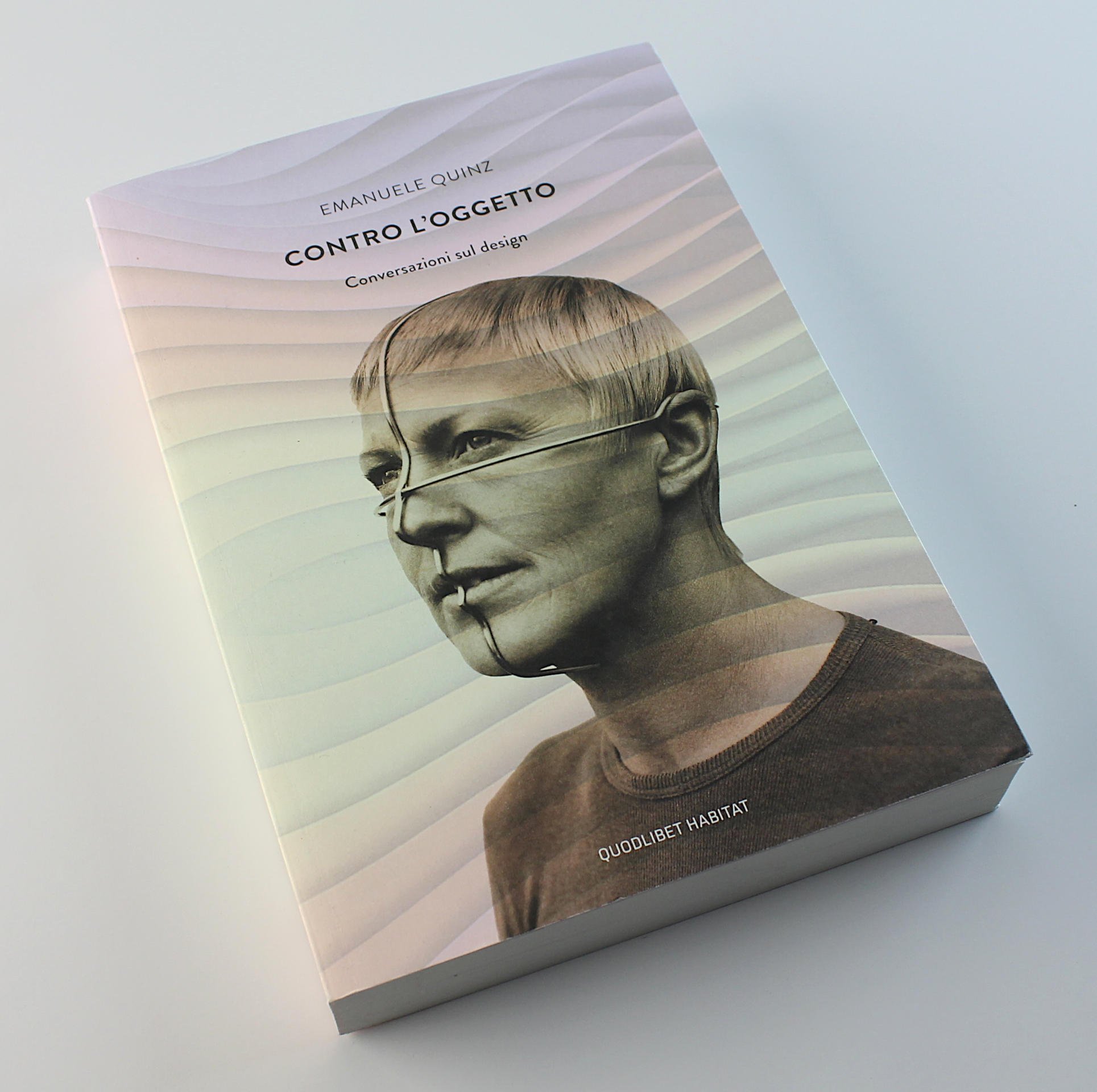
Man Made
MANMADE
Hannibalbooks
Cet été, à Raversyde ANNO 1465, laissez-vous surprendre par MANMADE. Différents artistes se sont risqués au thème de ‘l’Anthropocène’: la nouvelle ère géologique dans laquelle nous nous trouvons actuellement, où l’être humain occupe le devant de la scène. Même si l’homme moderne est une apparition très récente dans la longue histoire de notre planète, il a néanmoins réussi à avoir un impact considérable sur l’évolution de celle-ci. L’être humain a laissé de nombreuses traces dans les couches terrestres et son existence se fait sentir jusque bien au-delà de la planète terre. Le patrimoine culturel du futur sera sans aucun doute composé de ce qu’il restera de notre vie quotidienne actuelle, mais comptera sans aucun doute aussi des œuvres d’art, témoins de la créativité et de l’inventivité humaines. Les artistes de MANMADE dépassent le niveau de l’héritage humain strictement matériel, et posent des questions d’ordre philosophique et anthropologique inspirées de l’interaction entre l’être humain et la planète qu’il habite. Comment fonctionne notre nature humaine si dominatrice? Qu’en est-il de notre énorme empreinte écologique? Nos capacités intellectuelles seront-elles suffisantes pour trouver des solutions? Allons-nous être témoin de la fin du monde des hommes, ou arriverons-nous à survivre à l’Anthropocène? Venez découvrir leurs réponses du 11 juin jusqu’au 2 octobre à Raversyde ANNO 1465.
Avec des œuvres de Ackroyd & Harvey (UK), Ant Farm (US), Brandon Ballengée (US), Leo Copers (BE), Cosco (BE), Luc Deleu (BE), Wim Delvoye (BE), Mark Dion (US), Simon Faithfull (UK), Nicolas Floc’h (FR), Frans Gentils (BE), HeHe (DE, UK), Rune Peitersen (DK), Allan Sekula & Noël Burch (US), Tuur Van Balen & Revital Cohen (BE, IL) et Maarten Vanden Eynde (BE).__
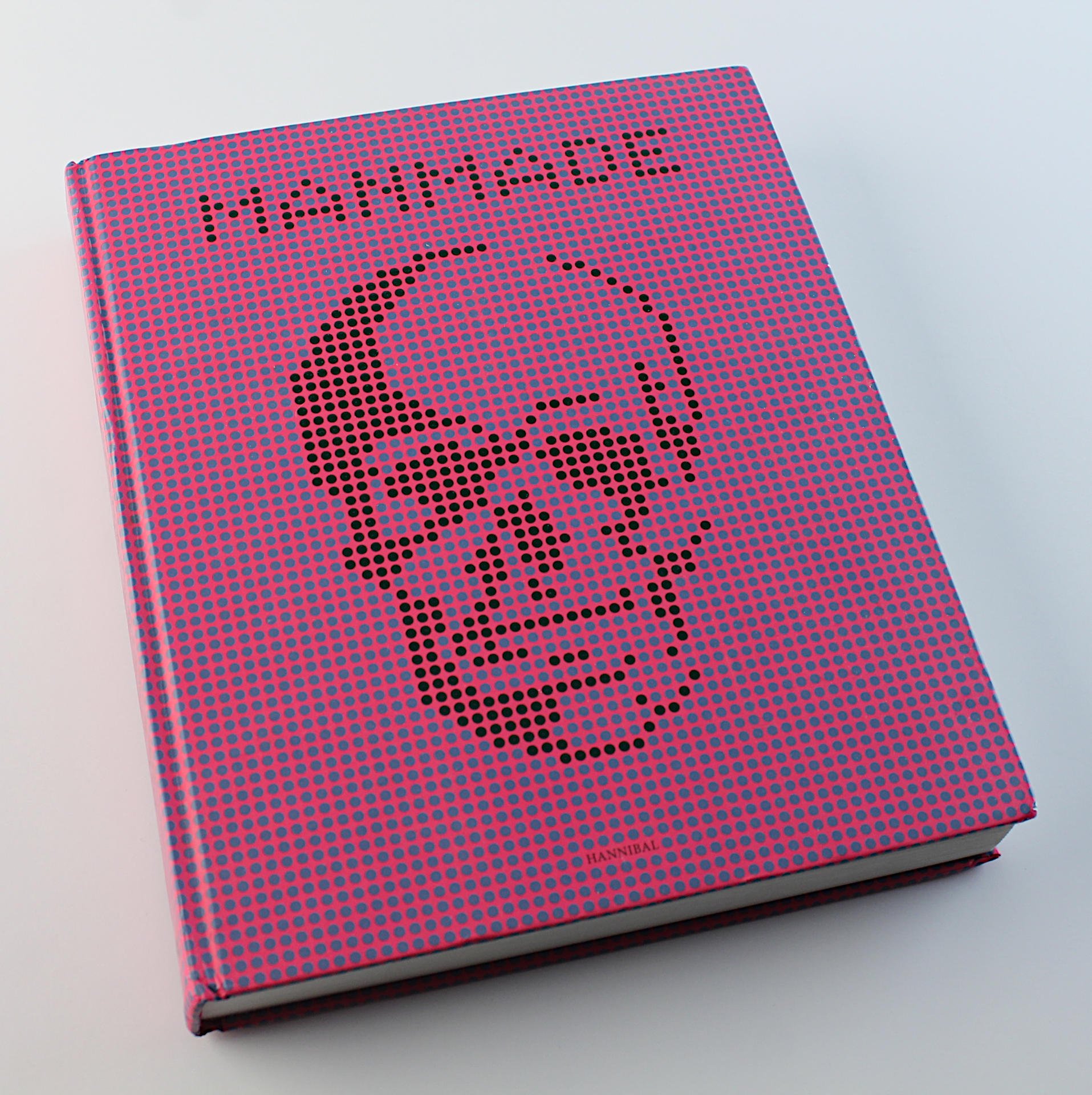
Weiche Displays, Projektionen auf Rauch, Wolken und Nebel
Weiche Displays, Projektionen auf Rauch, Wolken und Nebel, 2011
Gunnar Schmidt
Die Kunst des Rauchs
Auratisches Licht und Schadstoffe: HeHe, Jeffrey Shaw
Wagenbach Verlag
ISBN 978-3-8031-5180-3
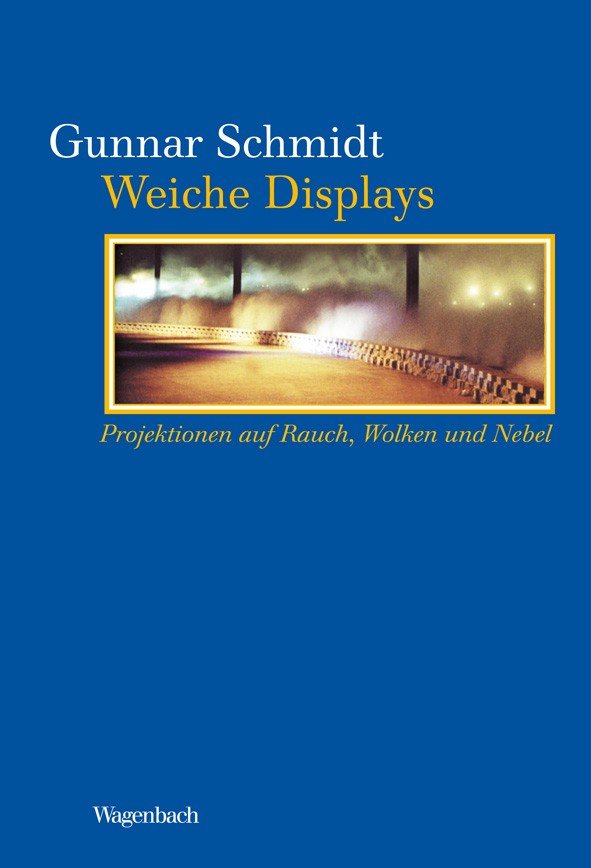
Art Monthly
Art Monthly, October 2013 | No 370 370: October 2013, HeHe Profile by Bob Dickinson
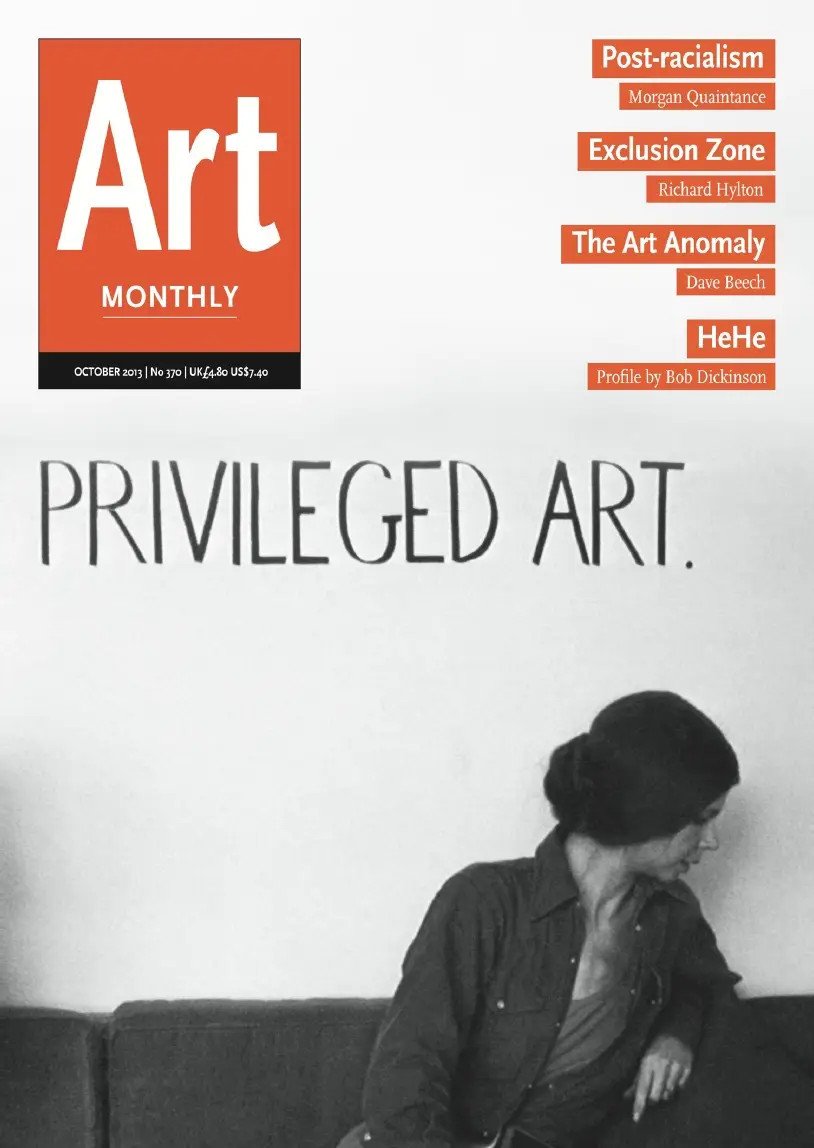
Airs de Paris
Exhibition catalog "airs de paris", Centre Pompidou, 2007, Editions du Centre Pompidou
Champs d’Ozone, text by Laurence Mauderli.

DEEP NORTH
DEEP NORTH, transmediale parcours 2, 2009
Revolver Publishing by Vice Versa
The second edition of the transmediale parcours is intended to sketch a conceptually meandering path through and along the themes that the festival addresses.
It picks up on points, manifestos and images supporting the festival‘s conceptual background. As a stand-alone publication next to the festival with its own character, content and style, the DEEP NORTH parcours looks beyond the festivals temporality while reflecting on the event‘s artistic and critical research.
Publisher:
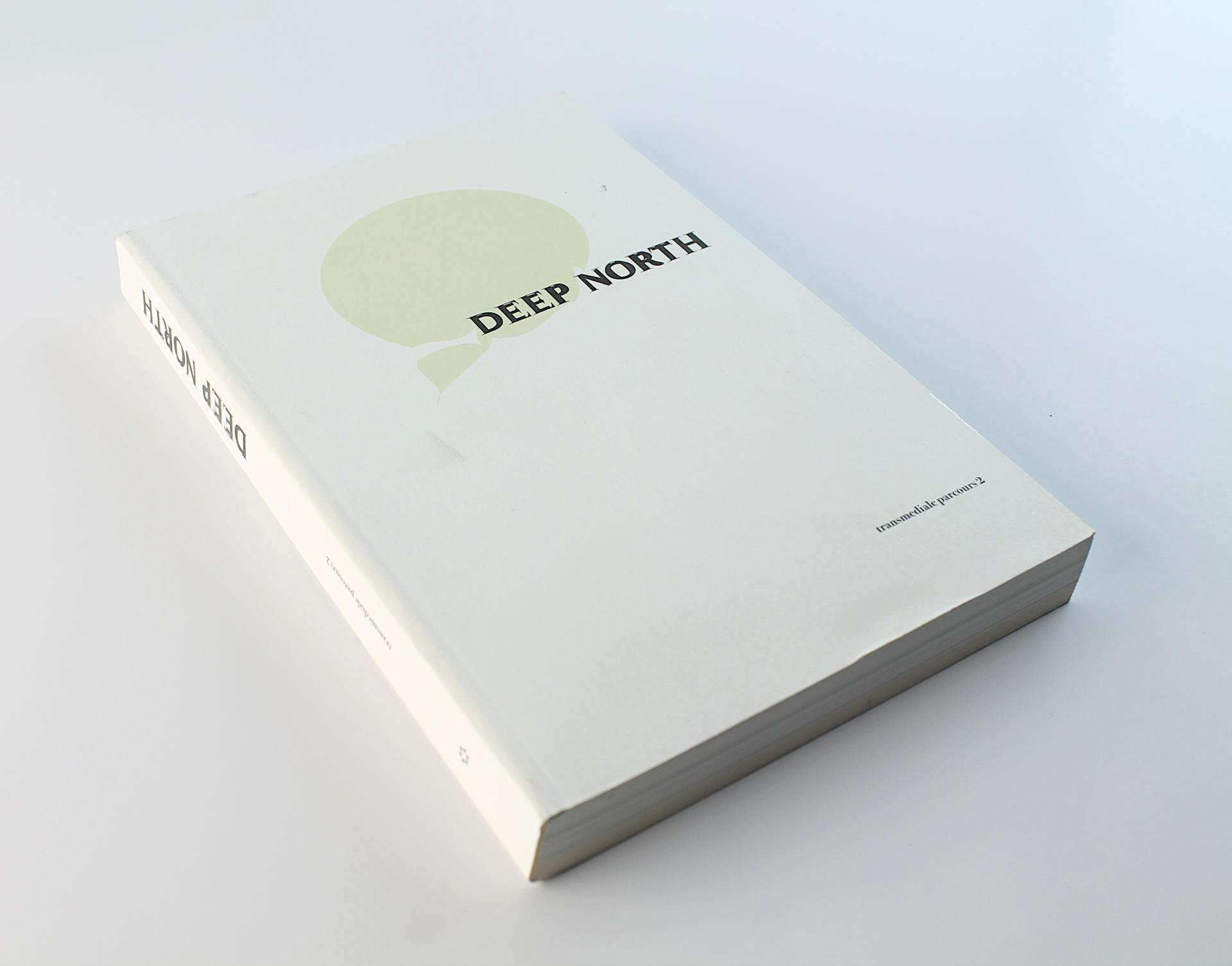
Envionmental Visions
clouds Environmental Visions is an international symposium on the theme of "revealing the environment with art, science and technology", to be held at Nanyang Technological University, Singapore from 24-26 January 2014. Speakers - curators, artists, scientists, new media specialists - are attending from many countries. Registration is open Download the programme From Flaherty’s study of the Inuit environment, to the Apollo 17’s Blue Marble photograph, to recent art and science expeditions to the Antarctic, and to data visualizations and sonic representations of geomagnetic storms, wind, climate; locative media, and many other innovative new forms, artists and scientists have been framing, revealing and exposing a wide range of phenomena from and about the environment. In such projects, the role of technology is more than instrumental and often dictates the way each artist and scientist perceives reality. This conference gathers artists, technologists and scientists to share their investigations, appropriations, uses, creations, developments, or inventions that led them to reveal, analyze and disclose the nature of technology as an all-encompassing way to exist in the world. Film and still camera technologies, optical versus atomic force microscopes, bio art, code, open source software and hardware, generative forms, radio waves, data visualizations, databases narratives, ludic interfaces, mobile media and networks are only some of the technological frameworks that will be observed more closely in order to continue revealing the beautiful and fragile environment around us.
Nanyang Technological University, Singapore from 24-26 January 2014.

To Life! Eco Art in Pursuit of a Sustainable Planet
by Linda Weintraub (Author), September 2012, University of California Press
To Life! Eco Art in Pursuit of a Sustainable Planet documents the burgeoning eco art movement from A to Z, presenting a panorama of artistic responses to environmental concerns, from Ant Farm’s anti-consumer antics in the 1970s to Marina Zurkow’s 2007 animation that anticipates the havoc wreaked upon the planet by global warming. This text is the first international survey of twentieth and twenty-first-century artists who are transforming the global challenges facing humanity and the Earth’s diverse living systems. Their pioneering explorations are situated at today’s cultural, scientific, economic, spiritual, and ethical frontiers. The text guides students of art, design, environmental studies, and interdisciplinary studies to integrate environmental awareness, responsibility, and activism into their professional and personal lives.
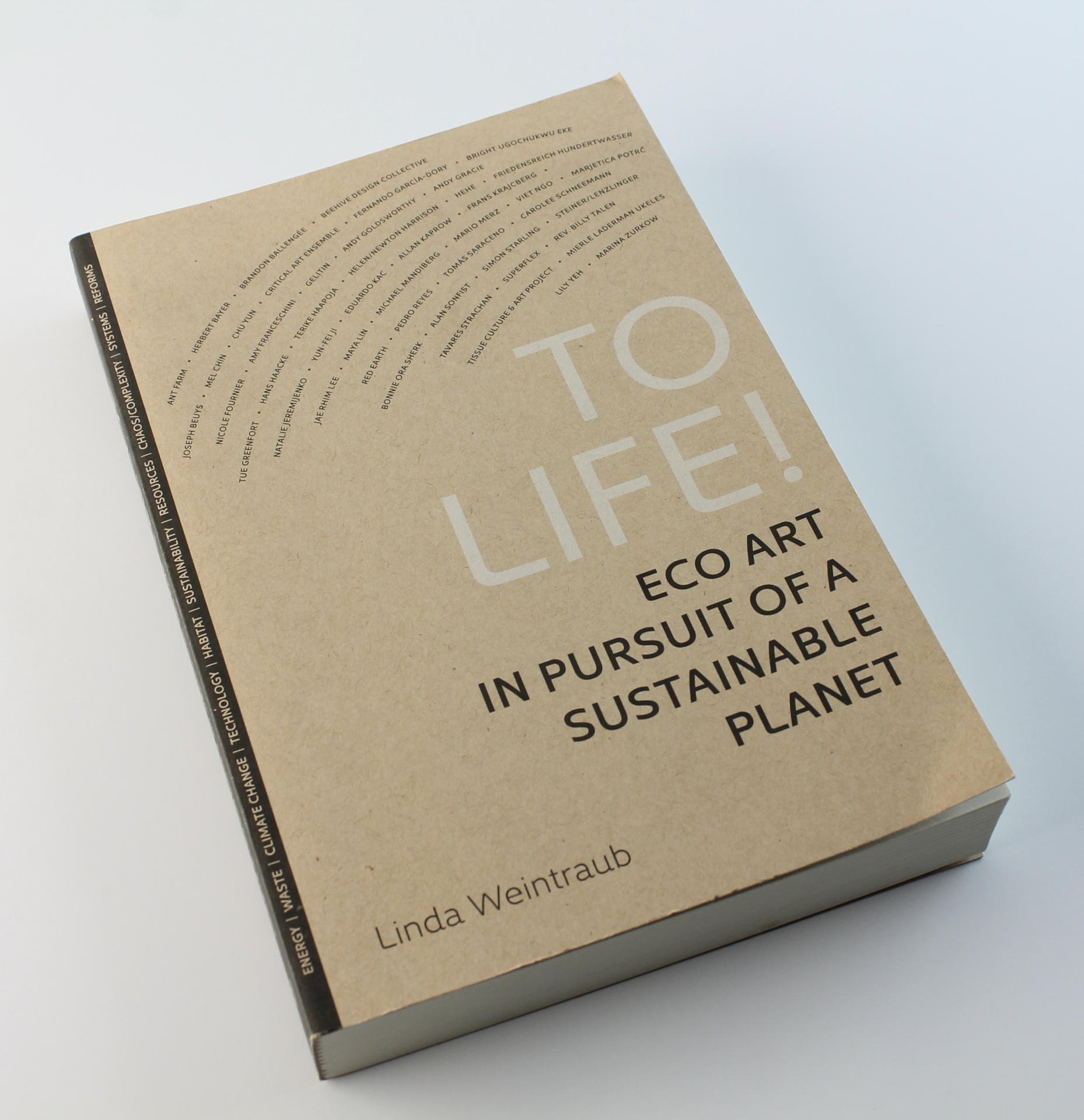
Géographies variables
École européenne supérieure d'art de Bretagne, site Bretagne
ISBN: 978-2-37022-014-1
Géographies variables tente d’activer ces questions en s’articulant autour de la forte connexion d’expériences vécues par les artistes invités, la direction scientifique et les commissaires, critiques et philosophes intervenants. Plusieurs des artistes invités ont en effet à leur actif des résidences de recherche et création hors normes : in situ, dans des environnements extrêmes, variables, souvent en marge du monde de l’art, ou le collectif prend une place importante. Ainsi tous ont produit des dispositifs et /ou stratégies artistiques interrogeant à la fois la pratique de l’art en résidence et son ancrage dans un lieu et un contexte précis. Ils partiront de leurs précédentes expériences pour interroger la résidence sous l’angle d’une hétérotopie. La recherche portera donc autant sur l’exploration d’une résidence artistique, sur son statut, que sur son territoire de déploiement (physique, humain, sociologique).
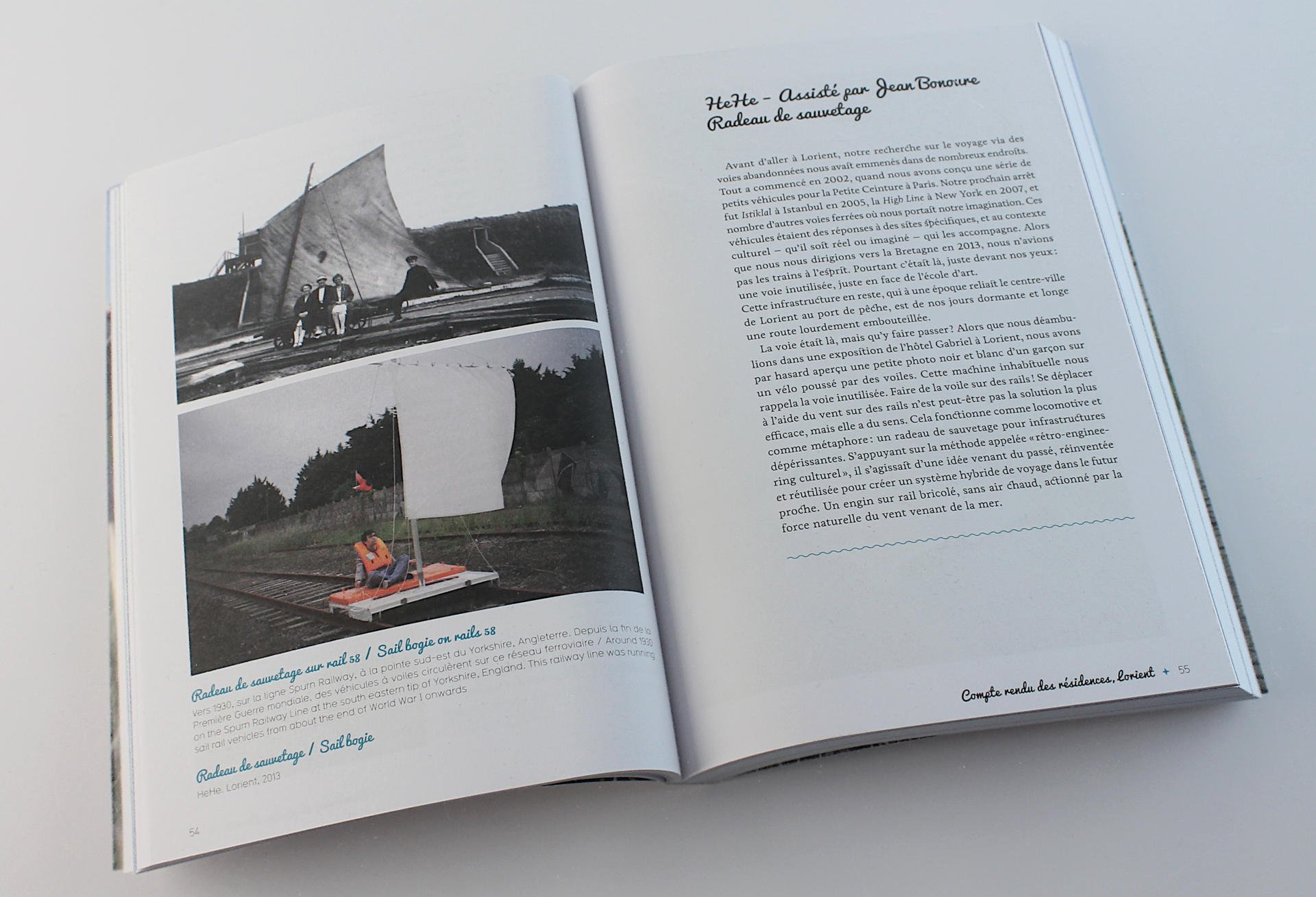
Entr’acte Performing Publics
Entr’acte Performing Publics, Pervasive Media, and Architecture, Editor Jordan Geiger, Palgrave Macmillan, 2015
Generally taking place in front of closed curtains during set changes between acts, the entr'acte delivers a fleeting new purpose and event to the otherwise sometimes inert space between stage and pit. This collection employs the entr'acte as a model for conceptualizing emerging formations of publics and of public space.
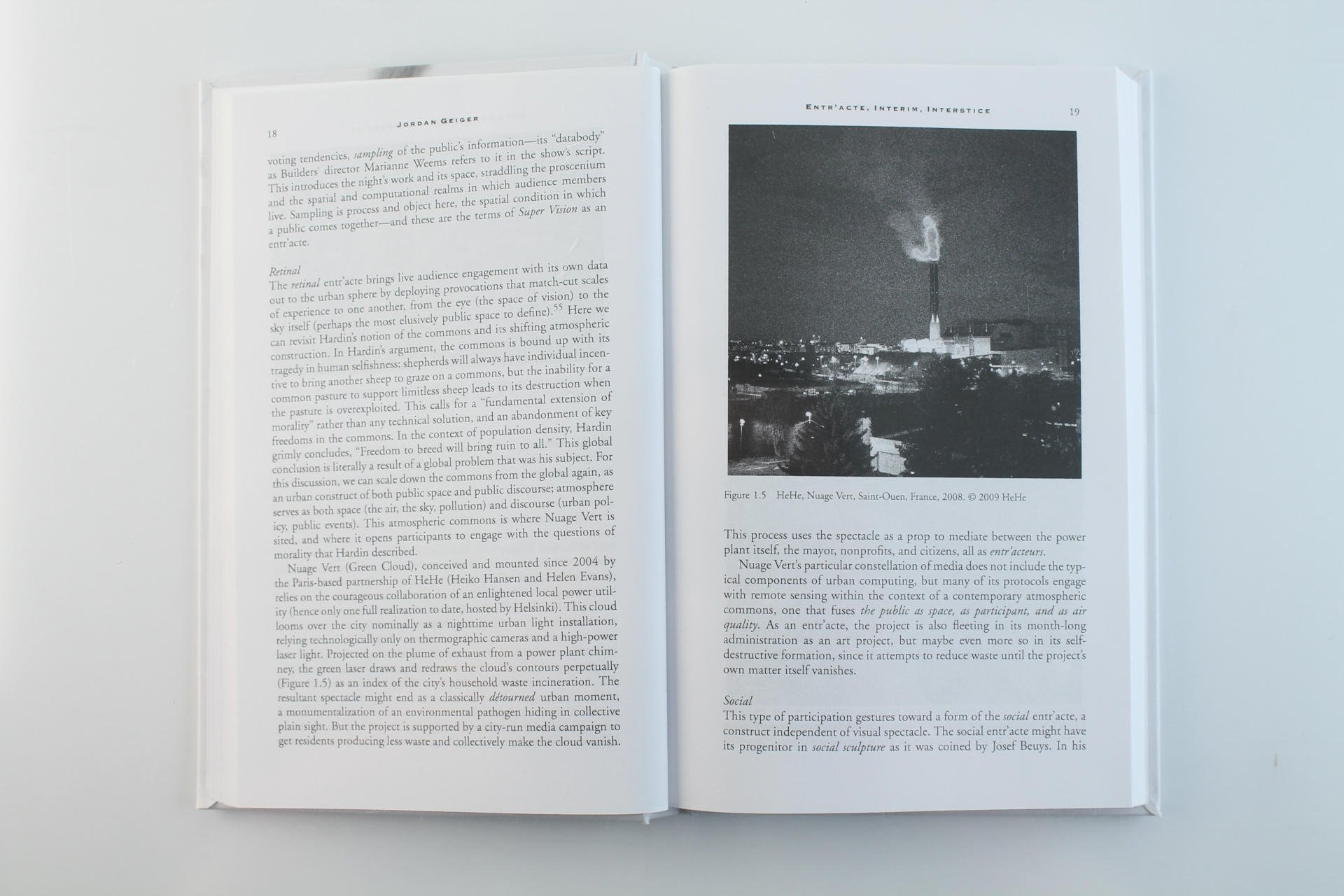
antiDATA
Jean-Paul Fourmentraux
antiDATA – La désobéissance numérique – Art et hacktivisme technocritique
An analysis of the technocritical acts and strategies by artists, hackers and activists in the (post-)digital age.
Against the hegemony of innovation, they invite citizens to "bite the machine", reopen the black boxes, regain control, transform the technical imagination. Their different approaches—under-surveillance, tactical media, speculative design, statactivism, media archeology—explore and experiment with machine hardware, behind the scenes of artificial intelligence, surveillance algorithms, facial recognition, data visualization.
These acts of digital disobedience deploy antidots against the platform governmentality and sovereignty (GAFAM). They re-inscribe the history of code, encryption and calculation in a critique of contemporary culture and re-open avenues for citizen emancipation.
"Doing a work of hacking" here covers social and political issues as much as aesthetic ones: reflexivity (criticism), autonomy, independence, reappropriation of material cultures (against obsolescence and against the opacity of systems). The question of diversion is central to it, humor and parody occupy a prominent place.
By proposing to "think through art", the book addresses different figures of this digital disobedience through the works of several international artists: Trevor Paglen (USA), Paolo Cirio (Italy, USA), Julien Prévieux, Benjamin Gaulon, Christophe Bruno, Samuel Bianchini (France), Bill Vorn (Canada), Disnovation.org (France, Poland, Russia), HeHe (France, Germany, United Kingdom).
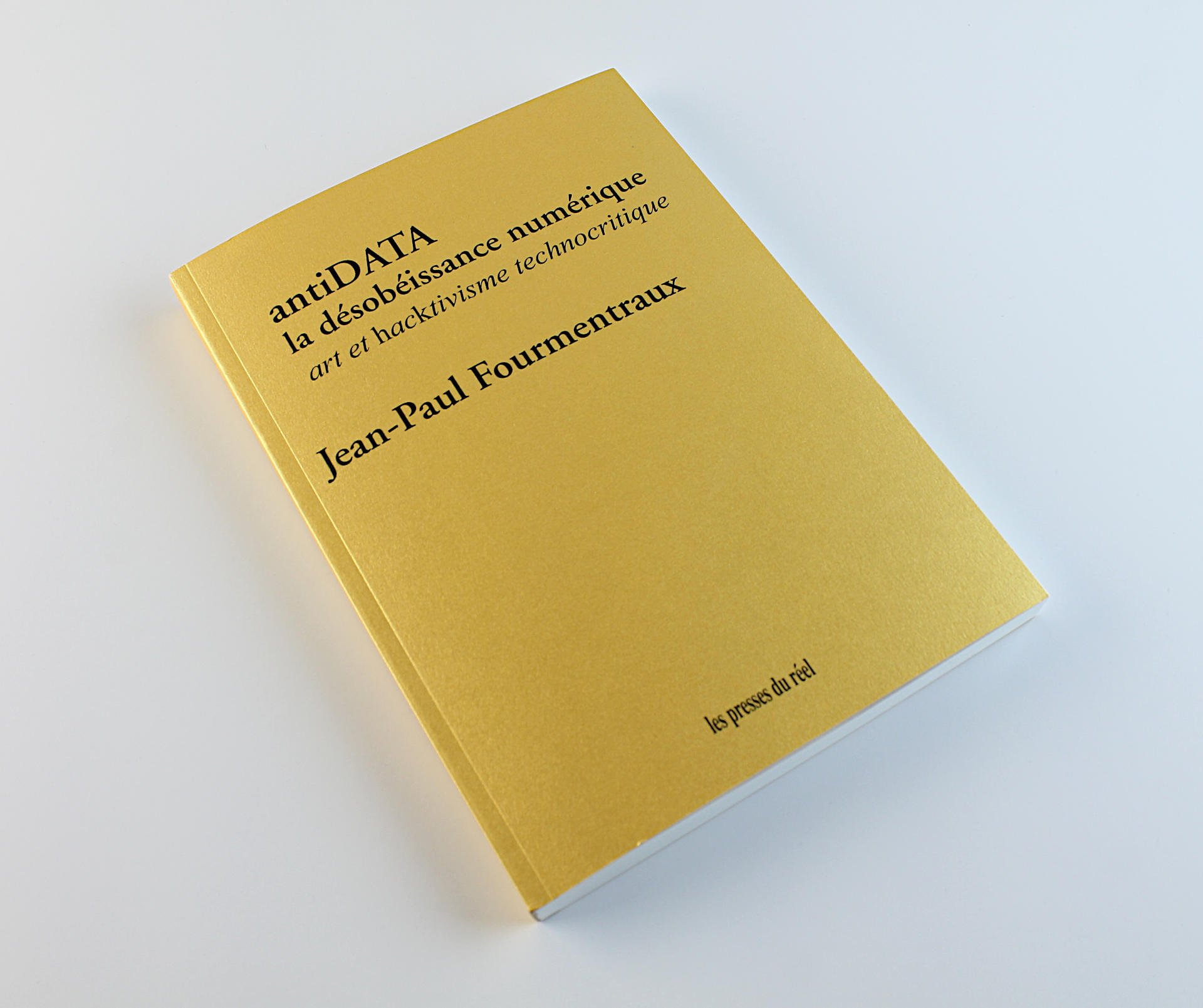
Faut pas pousser
Faut pas pousser, design et végétal
École Supérieure d'Art et de Design Reims
ISBN 978-2-9540200-3-7
->"From Drinking smoke to user friendly tobacco by HeHe"
Les actes du colloque International « Poétique du Végétal en milieu urbain » du 6 novembre 2012, et la somme des recherches de l’ESAD en design végétal sont réunies dans le livre Faut pas pousser. Ce livre est le fruit des diverses conférences, journées d’étude et travaux d’ateliers avec pour ambition de poser les bases d’une réflexion se déployant dans le champ du design végétal. De la cime des forêts primaires à l’atelier de l’artiste, en passant par les plantations de tabac ou des laboratoires scientifiques, Faut pas pousser nous transporte au cœur de problématiques qui souvent se croisent, se frôlent ou se télescopent en terrains fertiles, à commencer par celui de notre imaginaire.
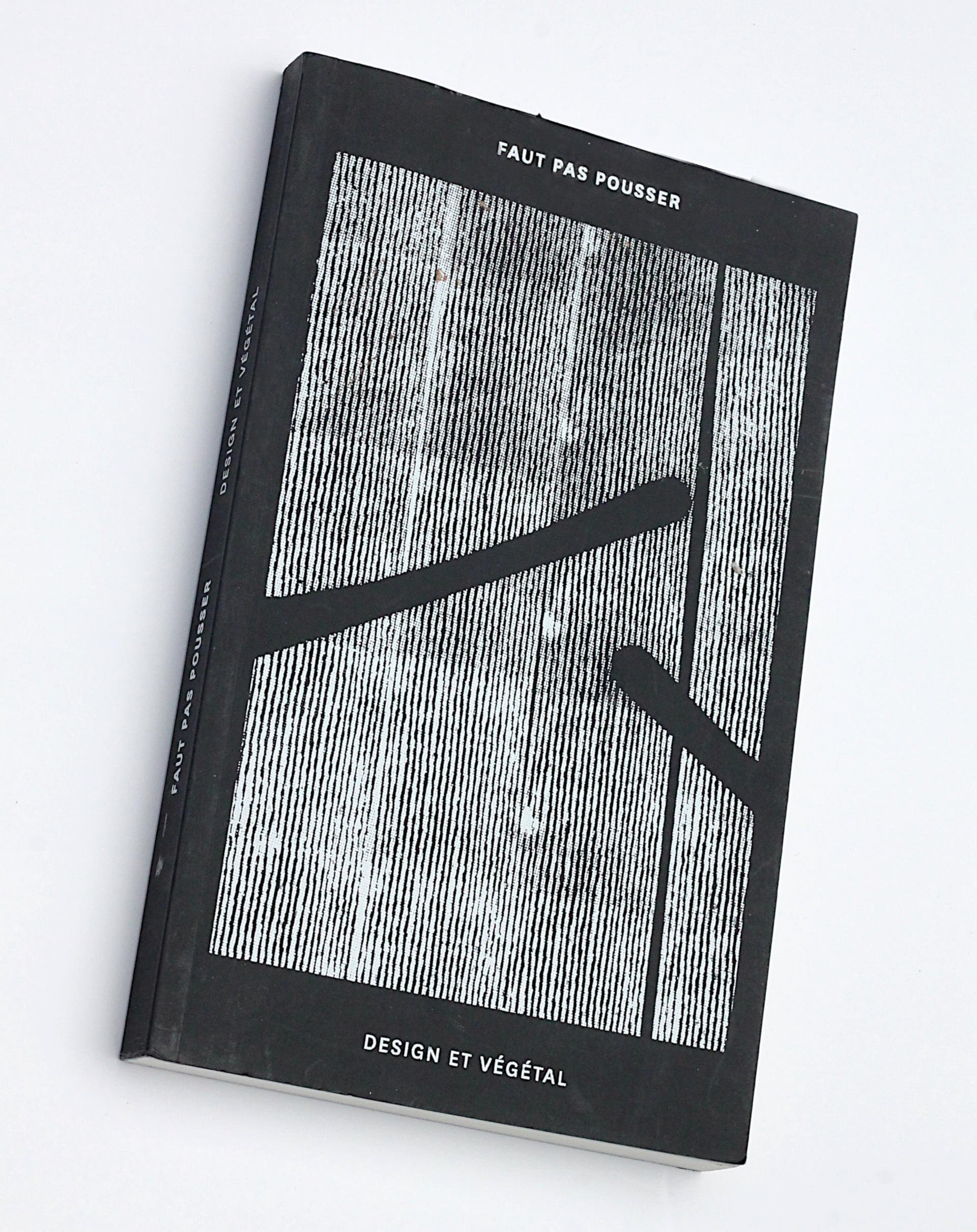
Man Made Clouds
MAN MADE CLOUDS by HeHe, 2016
Editions Hyx, Orléans
Contemporary Art - Collection OX
-> About the book
->The Man Made Clouds Book project

Magazine des Cultures Digitales
Magazine des Cultures Digitales #65 – L’Internet voit vert décembre 2011 / février 2012
Eurêka ! D’Archimède et de Newton à la fameuse pomme d’Apple, de Nikola Tesla à Alan Turing et Von Neumann, les scientifiques ont fait évoluer les technologies. Aujourd’hui les chercheurs, hackers et « bricodeurs » transforment le monde dans des fablabs, produisent des choses étranges avec de l’électricité, découvrent la bio-informatique et l’informatique quantique, collaborent et partagent leurs savoirs…
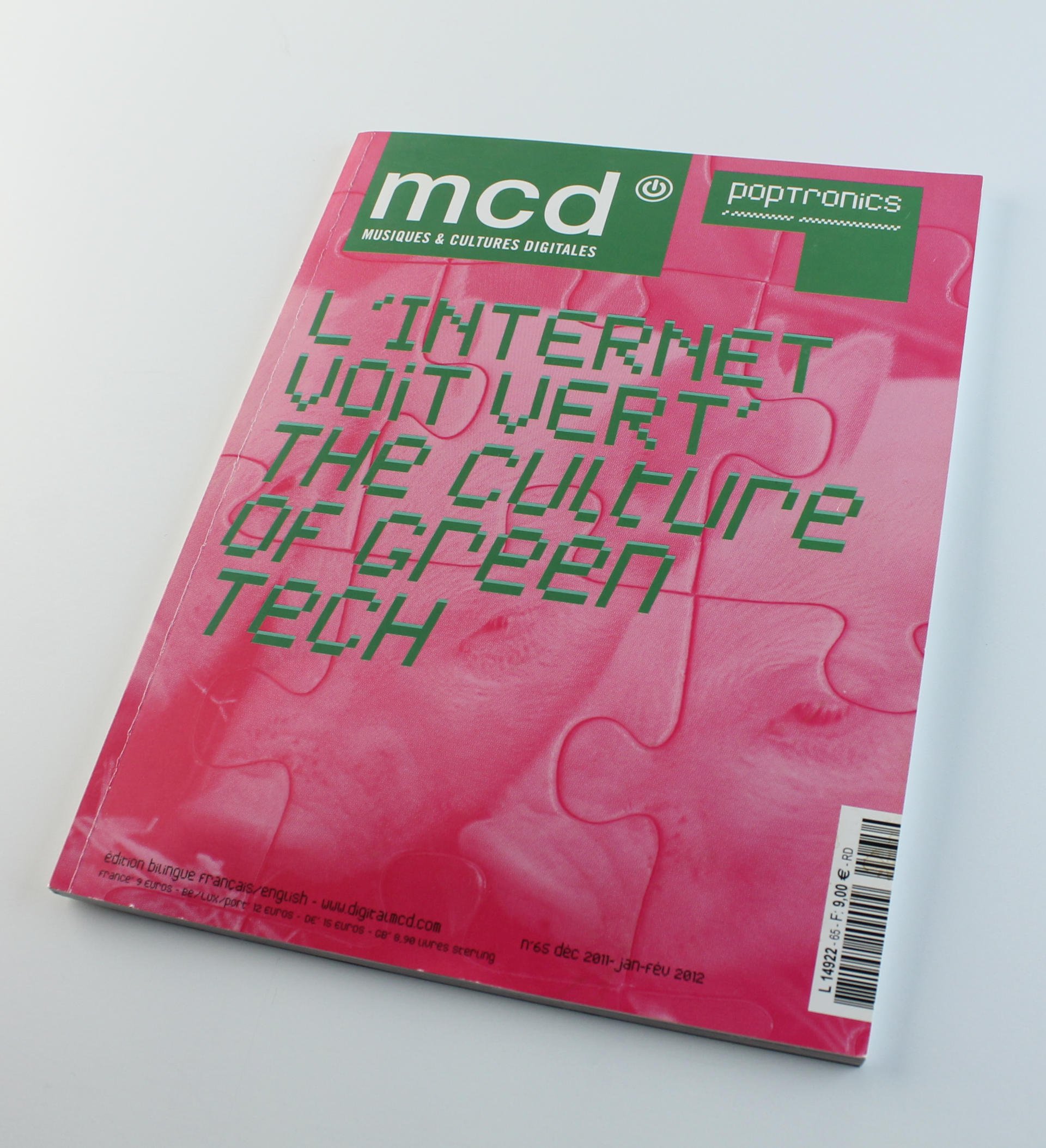
Practicable Participation to Interaction in Contemporary Art
Practicable: From Participation to Interaction in Contemporary Art. Edited by Samuel Bianchini and Erik Verhagen. MIT Press 2016. Contribution by HeHe, interviewed by Jean-Paul Fourmentraux
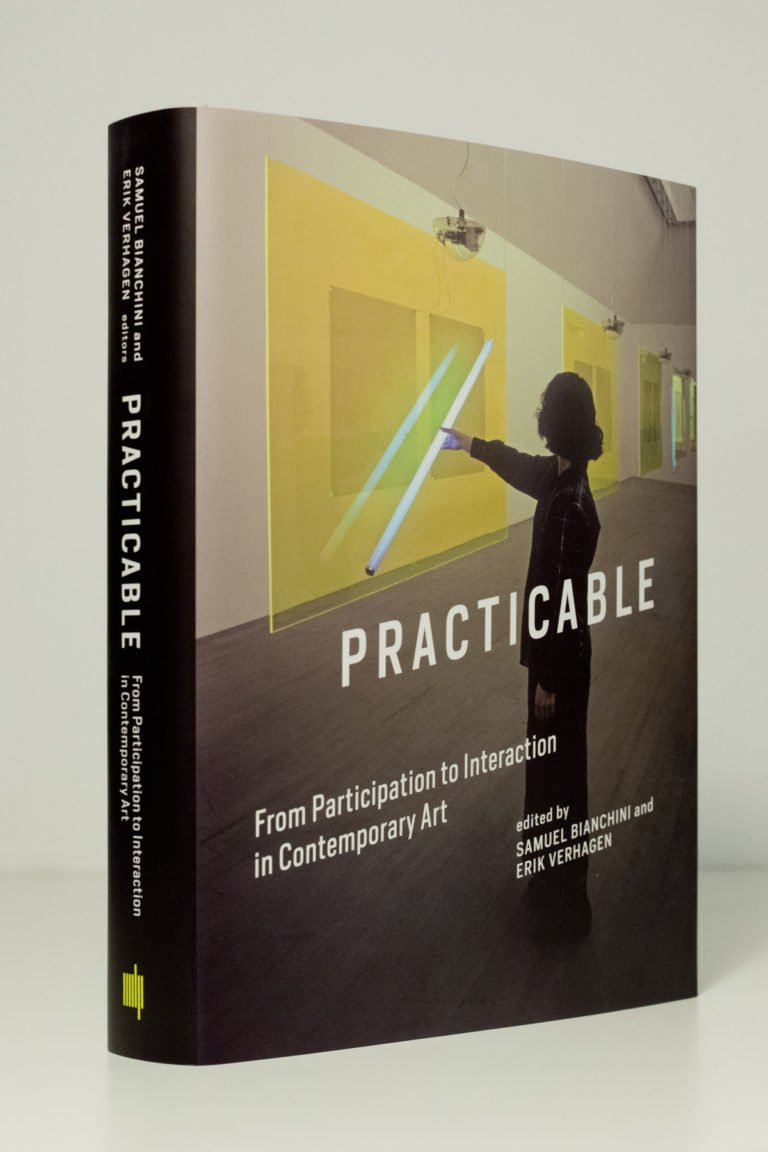
we-make-money-not-art Man Made Clouds
Review of Man Made Clouds on We Make Money Not Art:
Man Made Clouds is a fascinating anthropological, cultural, and historical look at clouds in all their shapes and guises: smoke, fog, vapor, steam, mist, puff, etc. Clouds in their purest, most ethereal forms and clouds in their most radioactive ones. Electromagnetic clouds and clouds manipulated by climatic engineering. Clouds that move through the sky, clouds that evoke a spiritual aura, clouds in meteorology, natural sciences, phantasmagoria, religious painting, advertisement, politics, aesthetic, energy, etc.